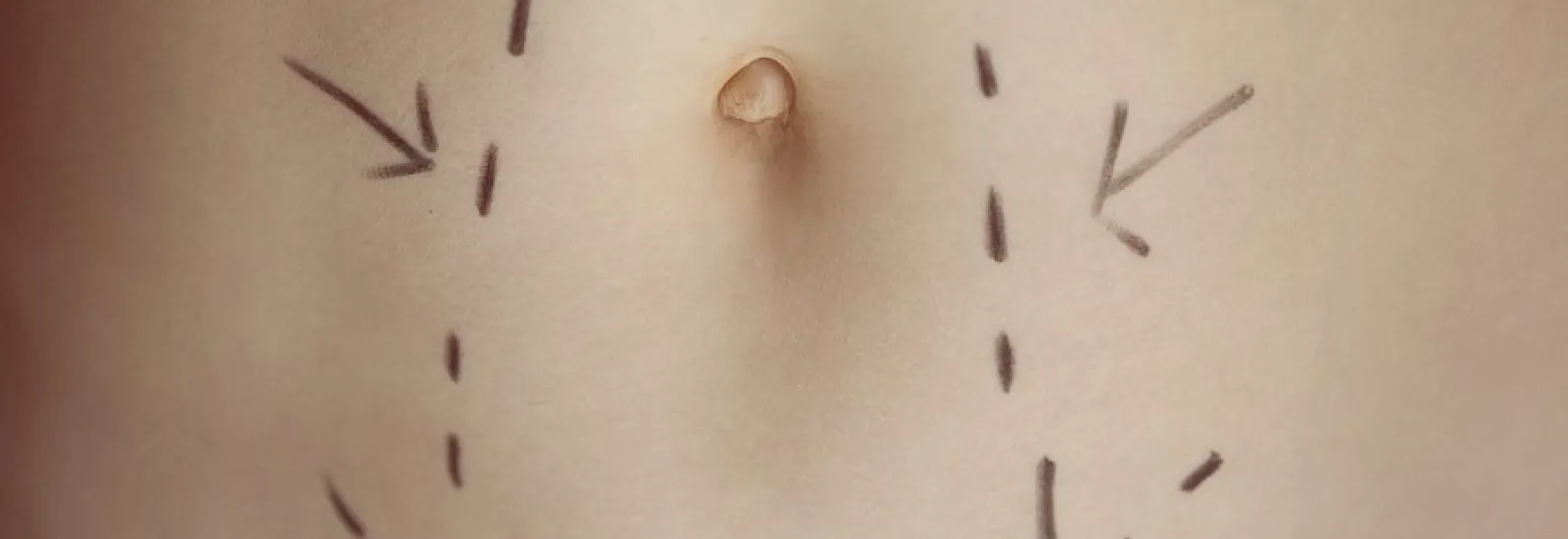
Postoperative care for breast augmentation and tummy tuck surgery
Prior to deciding to get a breast augmentation or tummy tuck you no doubt did extensive research and carefully chose your surgeon. But make sure you also prepare for the right postoperative care which is essential for maximizing positive results and reducing the likelihood of infection or other complications.
Your surgeon will provide you with personalized care instructions but you should also consult them for specifics related to your case. In general you can expect your postoperative care instructions to center around a few themes.

Wear compression garments
The American Society of Plastic Surgeons noted that post-op patients should wear compression garments provided by their surgeon. This can include an abdominal binder after a tummy tuck and a supportive bra following a breast augmentation. Support garments will help reduce swelling and encourage healing in the area.
Take your prescribed medications
You may be prescribed an antibiotic to prevent infection as well as a medication to help with postoperative pain. Take all of your antibiotics even after you think you don’t need them anymore.
The pain medication will likely be prescribed on an “as needed” basis so follow your surgeon’s recommendations for quantity and frequency. You can also ask your surgeon for an anti-nausea medication if you have post-op nausea.
Caring for incisions
The American Society of Plastic Surgeons also noted that both tummy tuck and breast augmentation surgeries will result in incisions of varying size. They may be covered with a dressing sterile strips or surgical glue to assist in wound closure says S. Travis Greathouse M.D. Reid Health plastic surgeon. Your surgeon may ask you to cleanse or apply ointments to the incision or they may request that you leave the dressing on until your first post-op appointment.
Your surgeon will also tell you to look for certain signs of infection after your procedure and request that you notify them immediately if you have any symptoms. The National Institutes of Health published a list a number of warning signs at wound sites including:
-
Fever and/or chills
-
Pus or other drainage oozing from the wound
-
Red inflamed or painful to the touch
-
Bad smell
Your surgeon may place a drain — a thin tube that moves fluid from under the skin to a collection bulb outside the body — to help reduce swelling. There may be some tugging pulling or irritation at the site the drain comes out. The doctor or your post-op nurse will teach you how to clear the drain and keep it clean. Do not remove the drain yourself.
Take it easy and be patient
These procedures will require you to take a few days of rest walking periodically to maintain blood flow in your legs. You may need several weeks of reduced activity (with only mild exertion) to protect your incision from excess force that could cause it to open.
Be patient with your recovery. It’s important to let your body heal and take on its new shape. Keep in mind that your full results may not be apparent for several weeks and it will take some time for the scars to fade. Continue to care for yourself and follow your surgeon’s instructions for the best results. A well-balanced diet with plenty of protein is an often overlooked but important part of proper healing.

